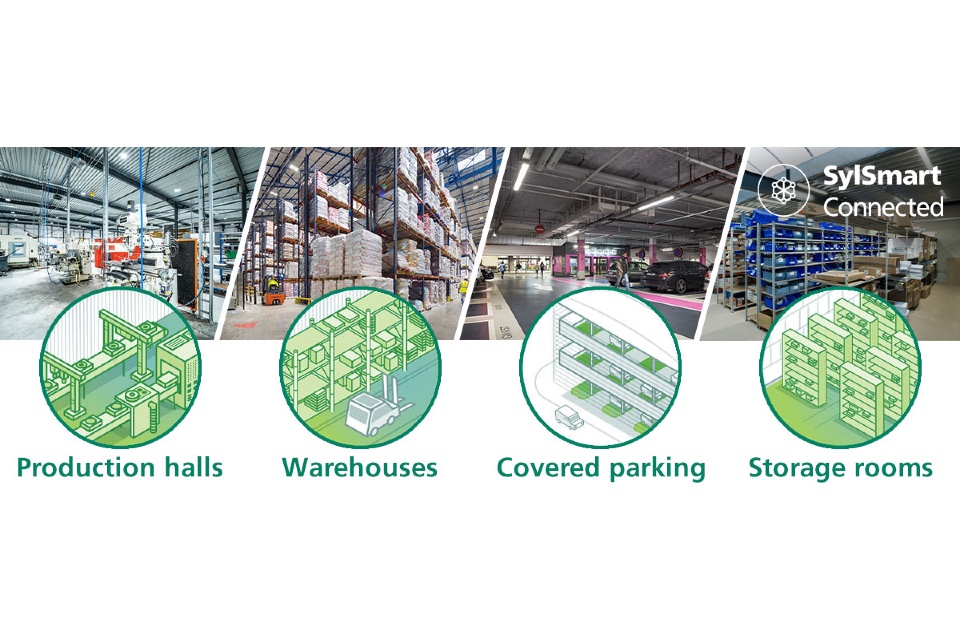By René Joppi, Managing Director, Mackwell
Rechargeable lithium battery technology first emerged in commercial products in the early 1990s and has since grown in popularity. The development of lithium batteries was driven by the need for higher energy density, with portable electronic devices and electric vehicles being the main application areas.
However, lithium batteries are now also one of the preferred solutions for powering emergency lighting standby applications. Not only will this article uncover the many reasons behind why lithium batteries are popular when compared to alternative technologies, but it will also outline some of the considerations that must be made when specifying battery technology…
The Rise in Lithium Technology in Emergency Lighting
Lithium technology competes with the more established Nickel Cadmium (NiCd) and Nickel Metal Hydride (NiMH) technologies, and is often specified due to its potential for longer cycle life and increased energy efficiencies. This, in turn, allows for longer warranties to be offered. Furthermore, due to its lightweight and compact design, the technology is easily installed and can operate at high temperatures.
In today’s emergency lighting market, only one type of lithium chemistry – lithium iron phosphate (LiFePO4) – is recommended as opposed to lithium-cobalt and lithium-manganese systems more commonly used in portable electronics and electric vehicle applications. This is due to the ‘standby’ nature of emergency lighting applications, where the batteries are not regularly charged and discharged, instead operating in a state of ‘constant top-up’. LiFePO4 batteries are less prone to internal degradation of electrodes and electrode-electrolyte interfaces when used in this way compared to the other lithium chemistries.
Barriers to Safe Lithium Batteries
When handling emergency lighting batteries, safety must always remain front of mind.
Lithium is highly flammable in air and moisture, and great care must be taken when manufacturing and using lithium batteries – especially ensuring temperature limits are not exceeded to prevent fires. Lithium fires result from thermal runaway and are dangerous as they can be particularly difficult to extinguish. This is another reason why it is favoured to opt for LiFePO4 as it has a lower temperature rise in a thermal runaway situation compared to other lithium systems, making it inherently safer.
Instilling Robust Thermal Management
It is highly recommended to only use lithium technology in emergency lighting applications where there is a robust method of thermal management implemented, in particular, thermal monitoring of the battery case temperature through life. Where only a small number of suppliers of lithium battery systems for emergency lighting currently offer this, it is a safety measure not to be overlooked.
It must be noted that the extended lifecycles offered by lithium are still prone to be reduced by poor battery charge regimes and unintentional cycling of charge and discharge during the construction and installation phase. In this respect, lithium systems are no different to NiCd and NiMH. Therefore, choosing systems where the emergency driver has smart-charge and construction protection features is crucial to ensure that the benefits of choosing lithium can be fully realised.
There is no doubt that the emergency lighting industry can benefit from the implementation of lithium battery technology due to its many benefits, such as long cycle life and increased energy density. This can often result in extended warranties being available, something that has traditionally not been offered for other emergency lighting battery systems.
Yet, lithium batteries do not come without their challenges. Great care must be taken when manufacturing and using lithium batteries within the industry, especially with respect to thermal management. Manufacturers need to adhere to safety compliance in the form of temperature monitoring circuits to ensure 100% safety!
Facilities managers looking to reap the benefits of lithium batteries without the safety concerns can look to specialised suppliers of lithium batteries and technology that offer thermal monitoring of the battery case.







